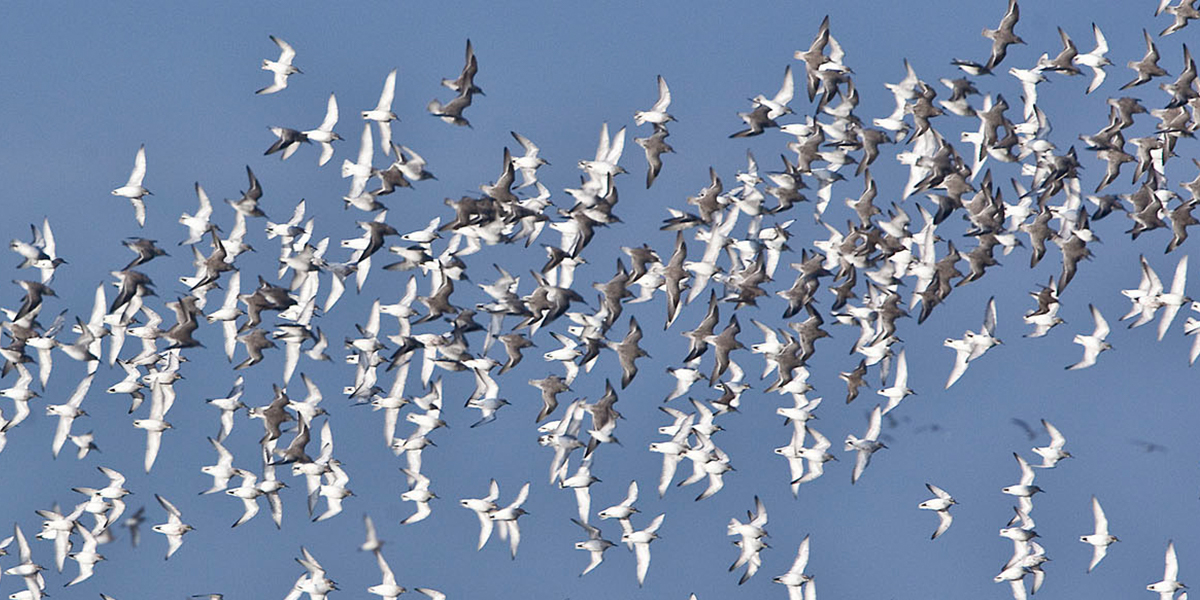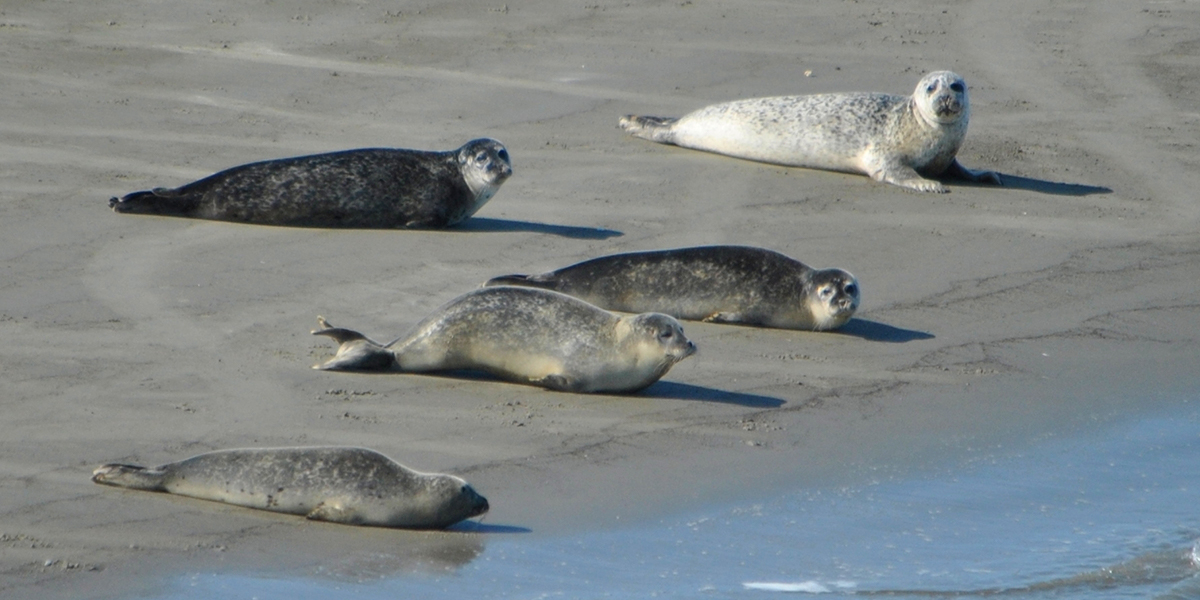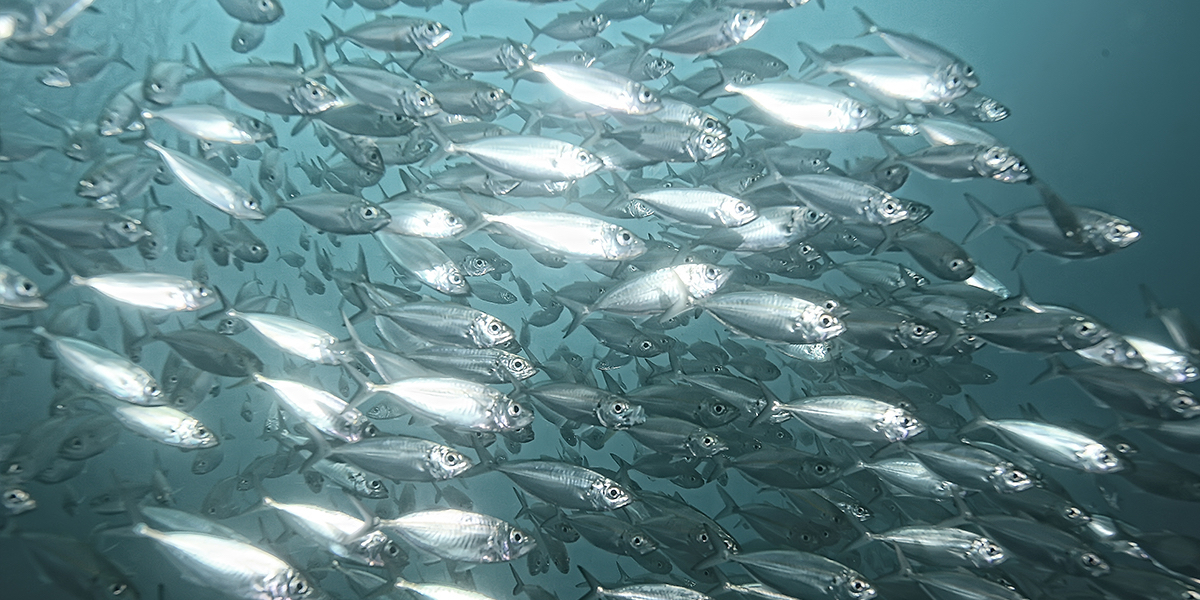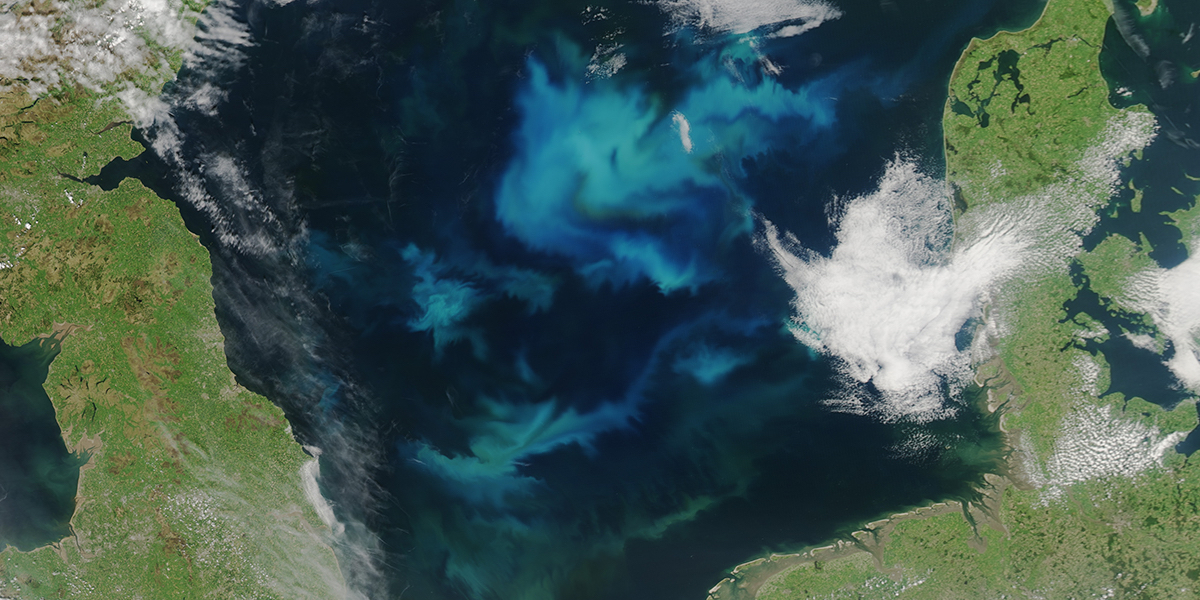Movement & Connectivity
Movement is crucial to almost any ecological and evolutionary process. Within the group of Coastal Movement Ecology (C-MovE) we study the movement of plankton, invertebrates, fish, birds, reptiles and marine mammals on various spatial scales, and how their movement connects trophic levels, habitats, and ecosystems.

Bird movement
Coastal areas are important for many birds. Since the distribution of birds is highly dynamic in time and space, monitoring of bird movements over vast areas is a major challenge. We follow the birds with traditional colour-ring programs and advanced tracking technology such as GPS bird tracking technology (GPS-GSM-trackers) and WATLAS (Wadden Sea Advanced Tracking and Localisation of Animals in real life Systems). > Read more

Marine Mammal movement
Harbour seals and grey seals are important predators inhabiting our coastal waters. Using GPS tracking technology we are able to study their movement and diving behavior in great detail. At NIOZ, we jointly work with WMR to understand which foraging habitats they prefer and how they move to find their prey. Once the mechanisms underlying their movement are understood, they will be applied to other species and regions, like seals in the Arctic.

Fish Movement
The Wadden Sea harbor more than hundred fish species. Many young flatfish and other species spend their first month in the rich and shallow nursery of the Wadden Sea. In winter the shallow waters are too cold, and the fish migrate to the North Sea. In the Swimway project of the Wadden Fund, we are looking into the future, to find starting points for management of the Wadden Sea to enhance fish populations and ecosystem resilience.

Plankton movement
While some forms are capable of independent movement and can swim hundreds of meters vertically in a single day, their horizontal position is primarily determined by the surrounding water movement, and plankton typically flow with sea currents. Since the early 1970s, developments in phytoplankton in the Wadden Sea have been closely followed by NIOZ scientists, by taking weekly water samples from the NIOZ jetty.